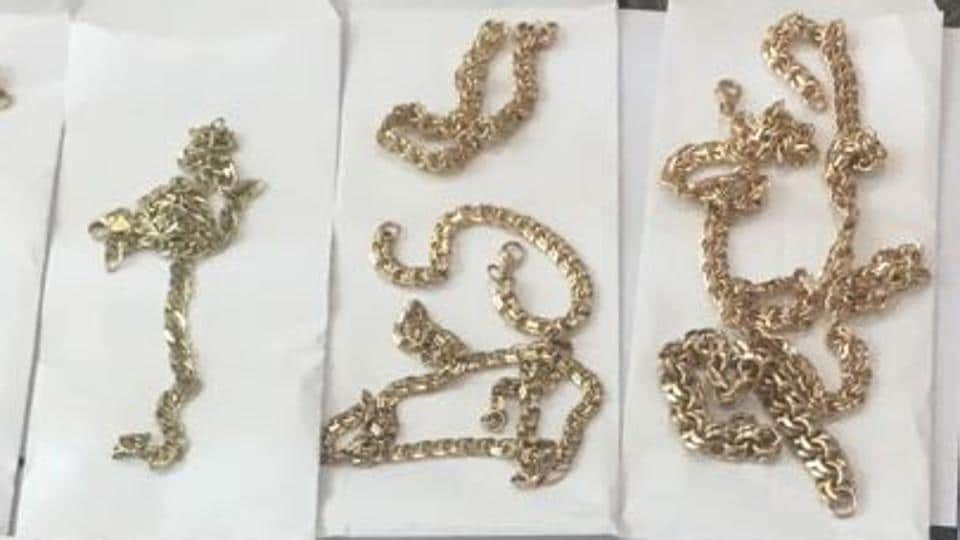
A woman from Hyderabad lost a few grammes of gold at the Pune railway station when she was 40 years old. Two decades later, she got a surprise from the railway police, who returned the stolen gold to her.
While visiting Pune in 1999, a man named Hanumanth Suryavanshi, had stolen her gold bangles weighing 20 grammes and a gold chain weighing 14 grammes. The worried woman had filed a first information report (FIR) and left for home.
A case under Section 379 (punishment for theft) of the Indian Penal Code (IPC) was registered at the Pune railway police in 1999. The then investigation officer arrested Hanumanth Suryavanshi, 32. He was remanded in police custody after which the police recovered the stolen gold from him. He was, then, remanded in judicial custody and subsequently granted bail.
The gold was packed and stored in the recovered items section at the Pune railway police station. It remained there for the past 19 years until the recent lokadalat brought the case forth.
Two decades after the theft, as the accused remained at large, the court of judicial magistrate first class Sanjay Sahare decided to conclude the case at once.
In a lokadalat held on July 14, the court also brought 15 other cases to conclusion, including one from 2000, another from 2004 and three from 2007. With this case, the Pune railway court managed to bring one of its oldest cases to conclusion.
The railway police were instructed to trace the complainant in the case. "The contact number was not in service. So I went to the address registered in the case. They had moved from that place around 3-4 years ago. So I asked around and found their house and asked them to come to the court two days later, on July 14," said constable Devendra Gosavi, who traced them down. "They run a small business of plastic sheets in Hyderabad," Gosavi said.
The discoloured and worn-out case papers of the 20-year-old case were sifted through to get the address which was the only detailed information in the FIR. Since 1999, when there was no provision to record the arrested accused man’s picture, to thecrime and criminal tracking network and systems (CCTNS), the police have come a long way.